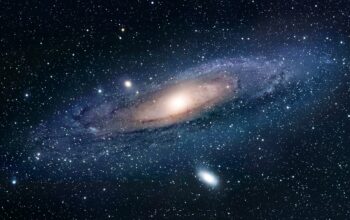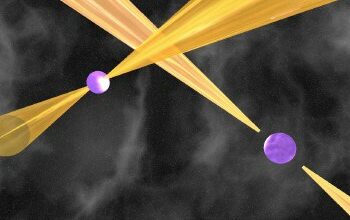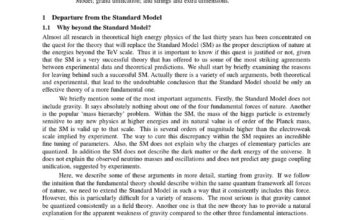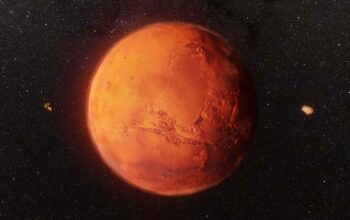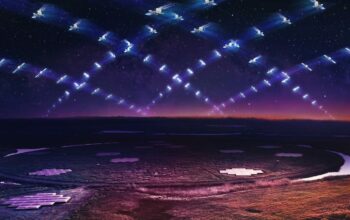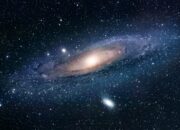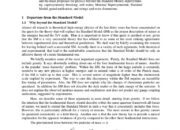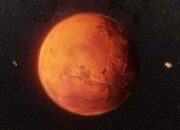Floating planets, or rogue planets, are celestial bodies that exist in the vast expanses of the cosmos, separated from any stellar system. Their existence challenges conventional astrophysical theories regarding planetary formation and the evolution of stellar systems. The phenomenon of these cosmic nomads poses intriguing questions about the mechanisms of formation, their potential for harboring life, and their implications for the dynamics of galaxies.
Understanding floating planets begins with investigating their origins. Traditional planetary models often assert that planets form within accretion disks around stars. However, the existence of rogue planets suggests alternative formation mechanisms. One theory posits that these bodies may have originated from within a planetary system, only to be ejected due to gravitational interactions with other massive celestial objects, such as companion stars or giant planets. This ejection can occur through chaotic encounters, which are not uncommon in densely populated stellar nurseries, where the gravitational perturbations can swiftly alter the orbits of young planets.
Another hypothesis suggests that rogue planets could form in relative isolation, accruing material from a protostellar disk without ever becoming gravitationally bound to a star. This model, while less conventionally accepted, broadens our understanding of the conditions necessary for planet formation and forces us to reconsider the environments in which we search for planetary bodies.
The sheer quantity of floating planets is a topic of considerable interest. Research suggests that rogue planets outnumber stars in our galaxy, although quantifying their exact population remains elusive. Estimates posit that for every star, there may be one or more planets adrift, a notion prompting astronomers to revise not only the cosmic census but also the theoretical frameworks surrounding planetary systems. The sheer magnitude of these discoveries compels the scientific community to reconsider the structure and dynamics of galaxies as well.
Floating planets display an array of physical characteristics that merit examination. Many of these celestial bodies are believed to be composed primarily of icy materials, core remnants, or mixtures of rock and gas. This variability has significant implications regarding their temperature gradients and potential for harboring conditions conducive to life. The absence of stellar warmth leads to fascinating thermodynamic scenarios. A floating planet could theoretically maintain subsurface oceans, insulated by layers of ice, while being entirely dark and solitary. Such environments challenge conventional notions of habitability and promote a reevaluation of the conditions necessary for life.
Moreover, the potential for life on rogue planets is a subject of burgeoning inquiry. If these bodies possess geological activity, driven perhaps by internal radioactive decay or tidal forces from lingering gravitational interactions with nearby bodies, they could sustain geothermal vents. This idea parallels the environments found in some of our solar system’s icy moons, such as Europa and Enceladus, where subsurface oceans are believed to harbor potential life forms. The prospect of life existing on floating planets, detached from the warmth of a parent star, adds complexity to the search for extraterrestrial life and challenges the biocentric era of astrobiology. The conditions on these rogue worlds may diverge significantly from those we associate with habitable zones, thus expanding the parameters for what we consider the “Goldilocks zone” of life.
Exploration of floating planets also necessitates advancements in observational technologies. Current telescopes have begun to detect rogue planets using indirect means, such as gravitational microlensing or direct imaging. These techniques highlight the ingenuity of astrophysics in tackling such elusive subjects. Further developments in observation techniques promise to uncover more about the characteristics and distribution of these celestial nomads. The use of new technology, such as the James Webb Space Telescope, may allow for a more detailed analysis of the atmospheres of rogue planets, providing more insights into their chemical compositions and potential for life.
In addition, the implications of floating planets extend into cosmology and dark matter research. A deeper understanding of these nomadic worlds may elucidate certain mysteries of the universe, including the distribution of dark matter. Since rogue planets are believed to contribute to the gravitational dynamics of galaxies, studying them could provide clues to the composition and behavior of dark matter, which remains one of the most enigmatic components of the universe. If rogue planets possess significant mass, they could affect the gravitational landscape of their environment, thereby influencing galactic structure and evolution.
In conclusion, the existence of floating planets raises profound questions that challenge existing theories of planetary science, astrobiology, and cosmology. From their questionable means of formation to their potential for life in extreme conditions, these cosmic nomads offer a fertile ground for theoretical exploration and empirical investigation. As observational technologies advance and expand the possibilities for discovery, the study of rogue planets will undoubtedly reshape our understanding of the universe. These enigmatic bodies encourage scientists to think beyond the confines of traditional stellar systems and consider the myriad of possibilities that exist in the boundless expanses of space.
